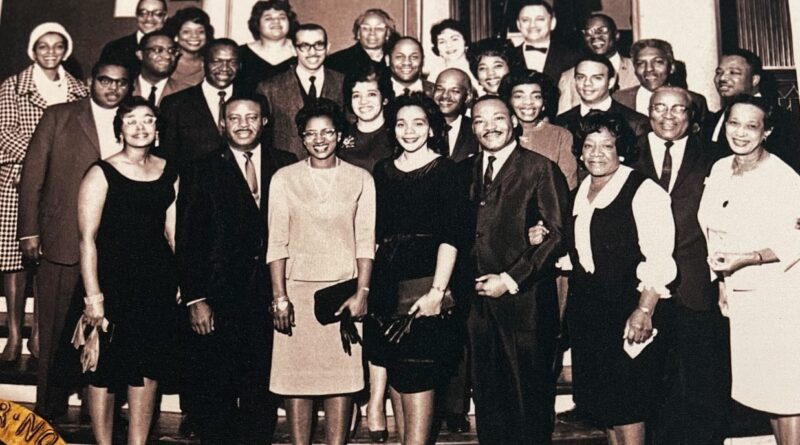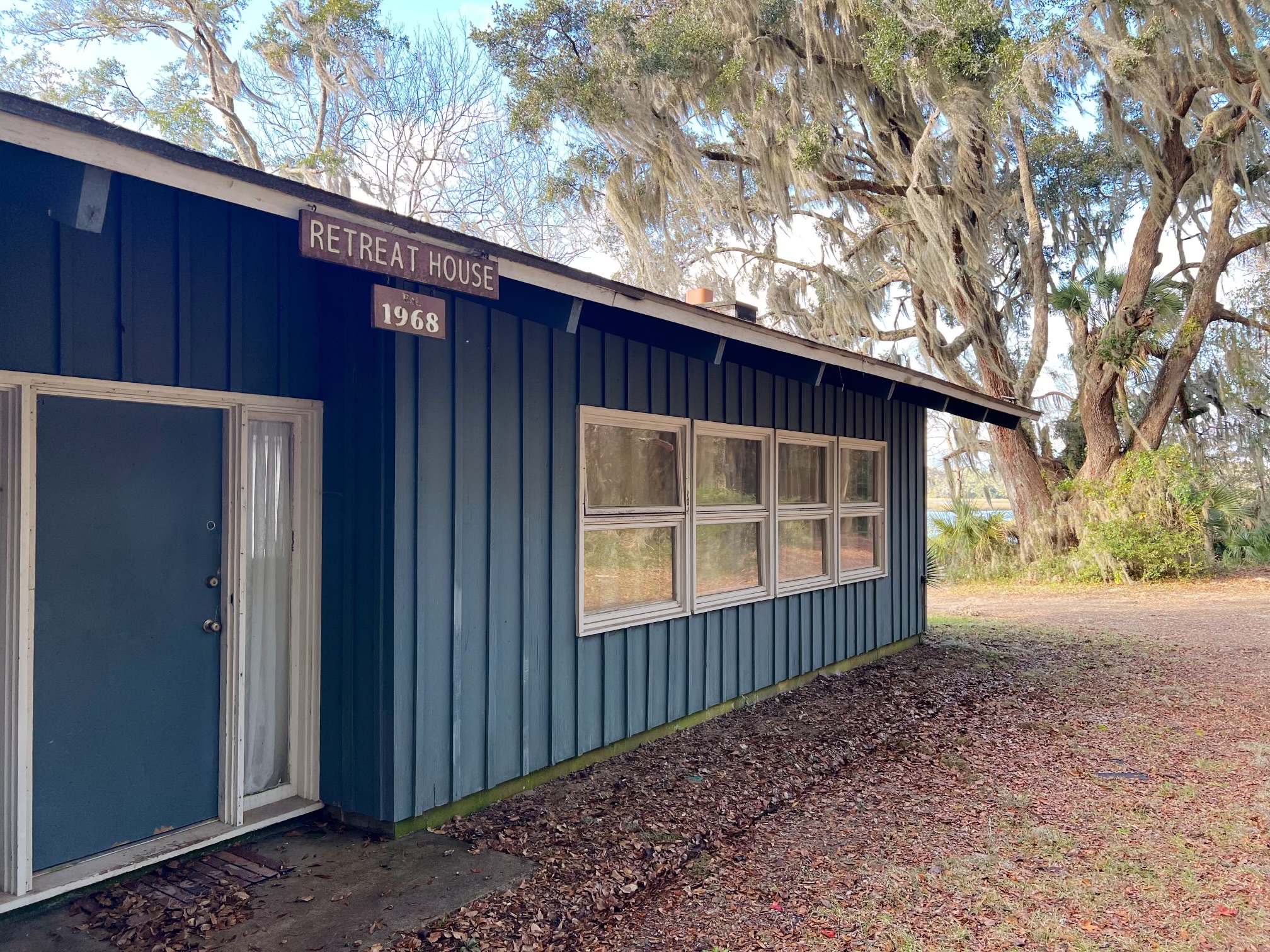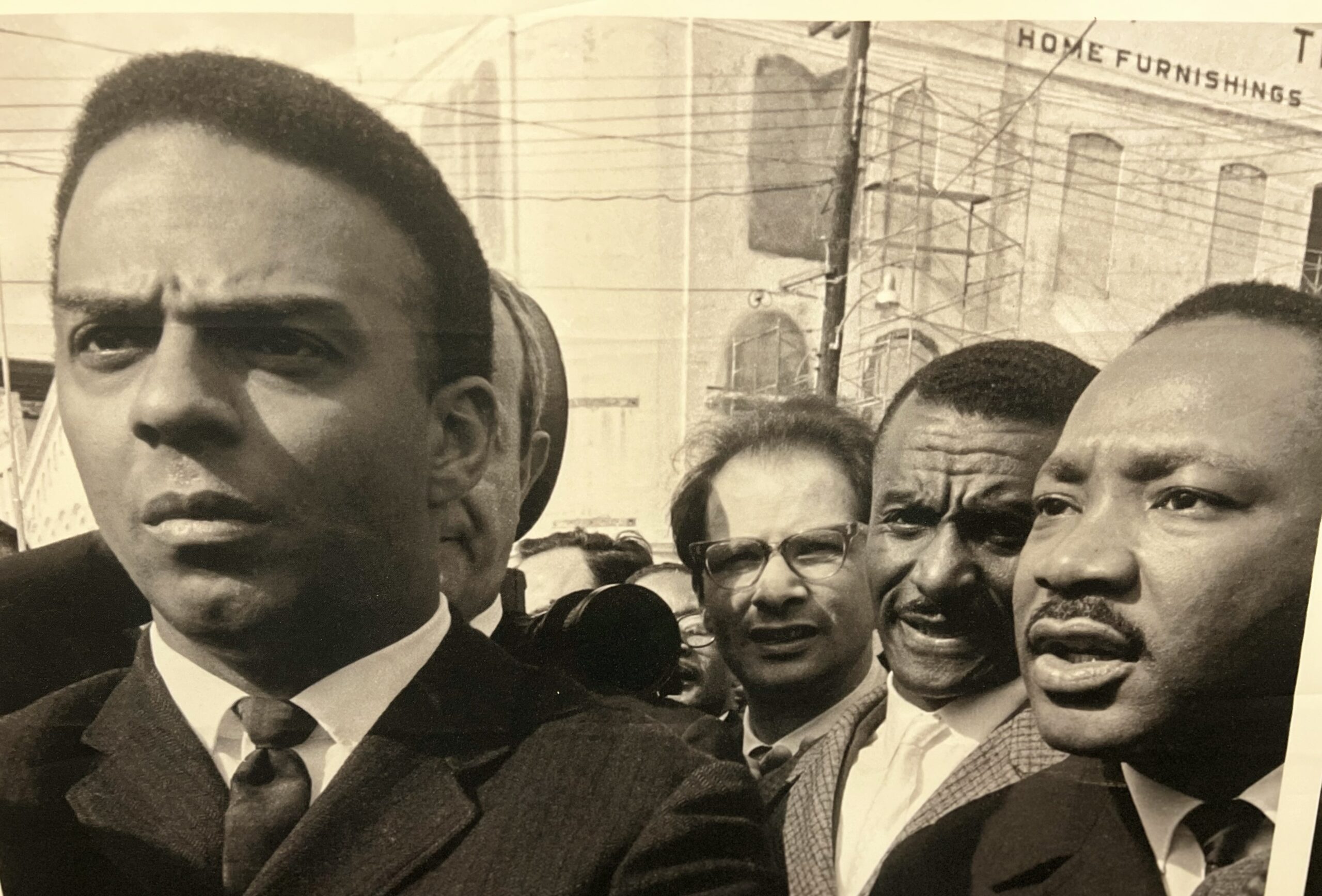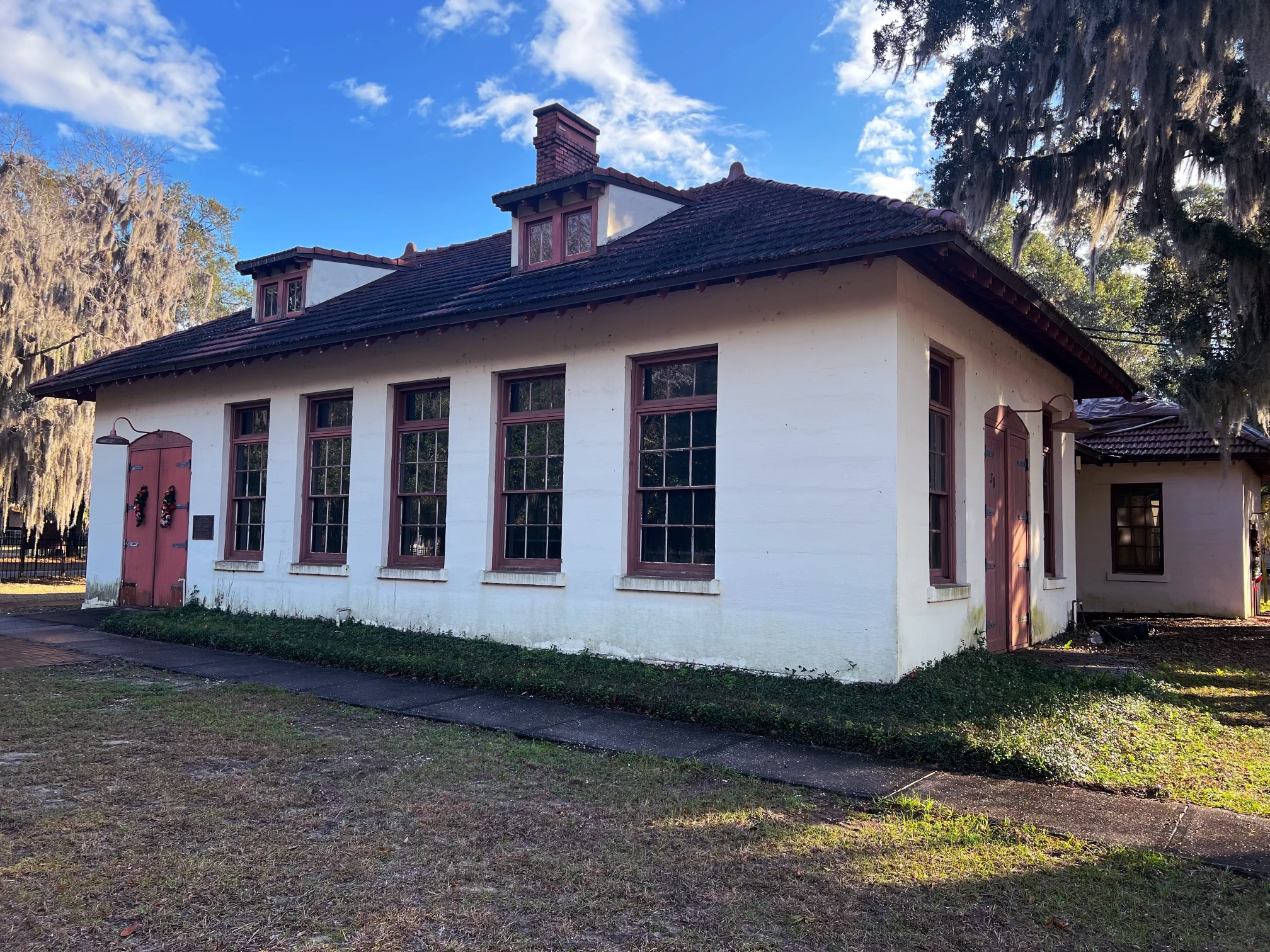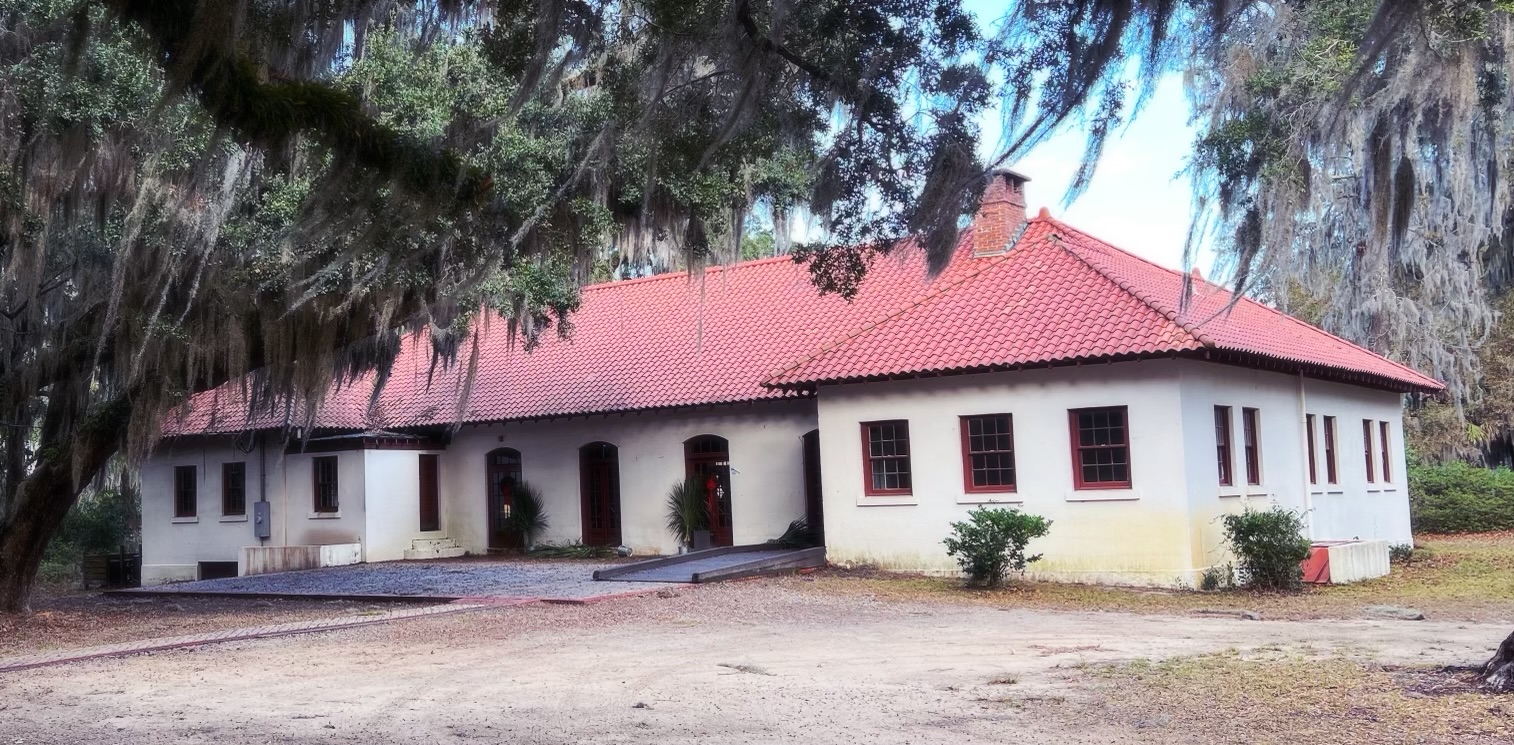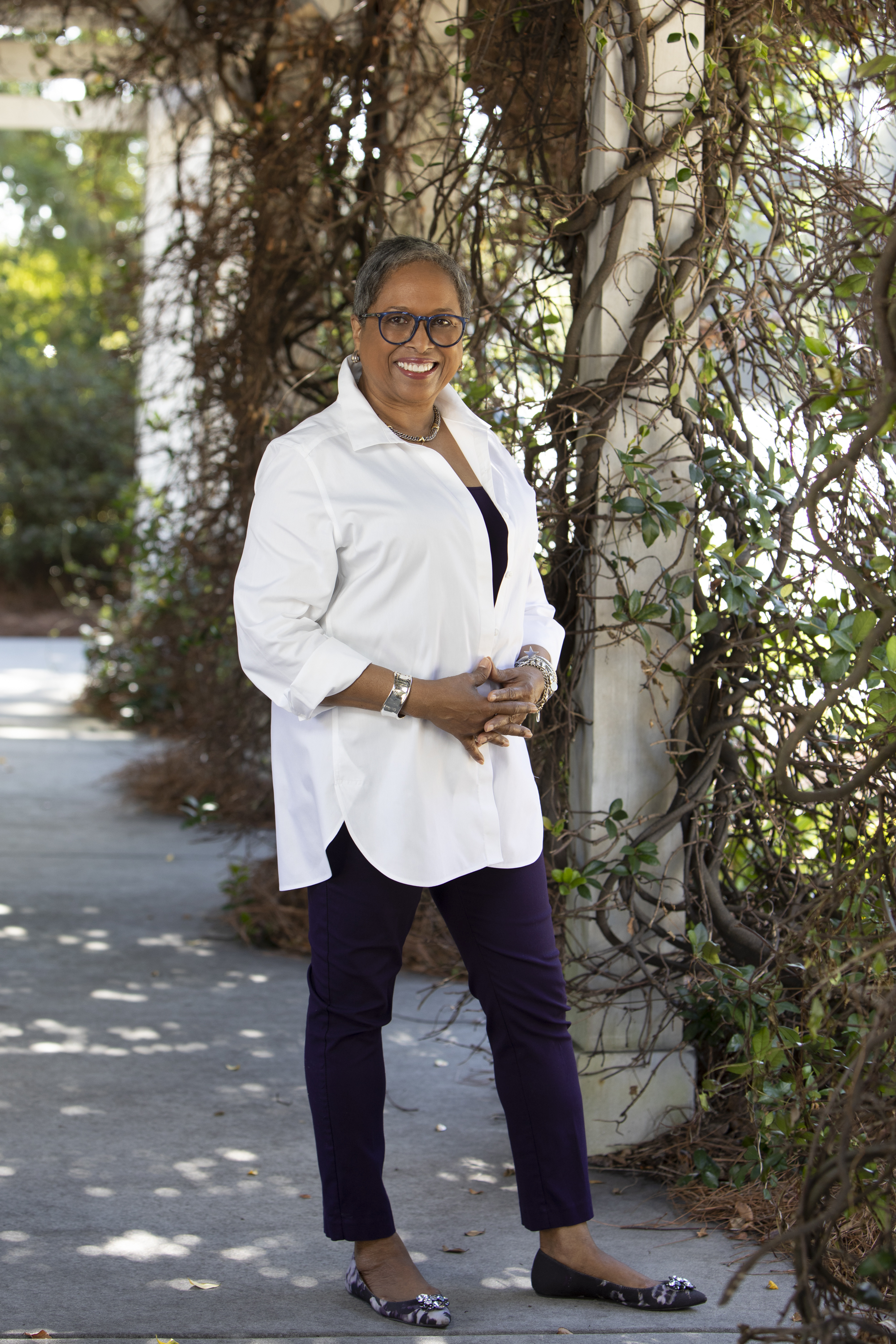PENN CENTER
Built On, Built Up, Built For
story and photos by JENNIFER BROWN-CARPENTER
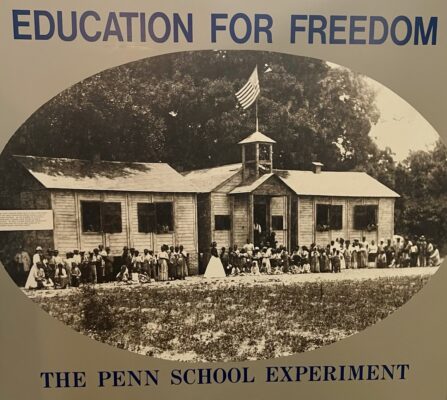 While the views in the Lowcountry are ever before our eyes causing us to reflect daily on our “beautiful Beaufort by the sea” and what it means to us, the history of our home can often be ignored, forgotten, or even lost. We see tourists exploring our downtown streets. “We get to see these things every single day!” But do we truly appreciate them and what they mean to our community?
While the views in the Lowcountry are ever before our eyes causing us to reflect daily on our “beautiful Beaufort by the sea” and what it means to us, the history of our home can often be ignored, forgotten, or even lost. We see tourists exploring our downtown streets. “We get to see these things every single day!” But do we truly appreciate them and what they mean to our community?
In 1861, the Civil War was just beginning, and as South Carolina was the first state to secede from the United States, it was a major concern and an immediate target to the Union Armed Forces. They quickly occupied the Sea Islands, including Saint Helena Island, which was made up of many plantations. This forced plantation owners to flee, leaving the Union to free the enslaved African Americans and partition the plantations to provide the African Americans with places to live freely.
By 1862, there was a thriving community of free African Americans farming, partaking in the community, and attending the very first school for formerly enslaved people, Penn School, named after the famous Quaker abolitionist William Penn. Eighty pupils were enrolled.
Throughout the next almost one hundred years, there were ebbs and flows on St. Helena as prosperity and hardship came and went. A bridge was built between the mainland and Lady’s Island in 1927. In 1931, due to the financial hardship caused by The Great Depression, enrollment at Penn School dropped from 600 to 262. In 1950, Penn School became Penn Center, training midwives, providing the first daycare for African Americans, and hiring their first professional manager, an African American named Thomas Barnwell.
Things were shifting as the 1960s began, and the Civil Rights Movement was beginning to shake the foundations. Penn Center was a hub, hosting interracial conferences. They welcomed Civil Rights activists to come speak, give advice, and, most of all, find a safe retreat to recover and rest. These conferences were hosted by organizations such as NAACP, Congress of Racial Equality (CORE), Student Nonviolent Coordinating Committee (SNCC), Southern Regional Council, South Carolina Council on Human Relations, World Peace Foundation, and the Peace Corps. The Southern Christian Leadership Conference (SCLC) also provided citizenship education classes at Penn, taught by iconic organizers Andrew Young, Dorothy Cotton, Bernice Robinson, and Septima P. Clark.
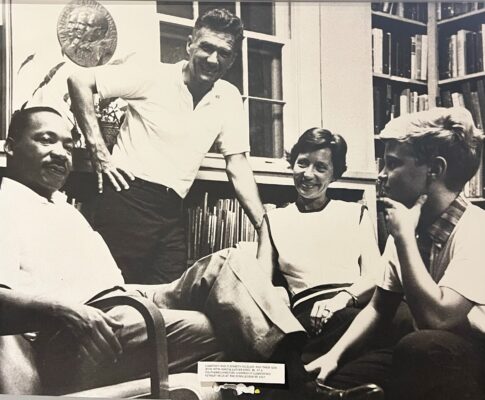
These integrated organizations could meet and strategize at Penn without being noticed by local authorities, the public at-large, or the press. Young decided to introduce Dr. Martin Luther King Jr. to Penn Center. Dr. King, his SCLC lieutenants, and countless unnamed activists met with the SCLC at Penn five times between 1964 and 1967.
The isolation that was found at Penn Center provided Dr. King the opportunity to not only rest but to also breathe freely and speak openly. He said things at Penn Center that he could never have spoken about publicly, and it was a safe haven for him. He wrote many speeches during his time at Penn Center, including his “I Have a Dream” speech, which he composed while staying in Gantt Cottage, which you can visit on the property to this day. He practiced this speech in the Brick Baptist Church. Joan Baez, a folk singer, attended one of Dr. King’s retreats at Penn in 1966 and recalled him saying, “He wanted to go back to preaching in his little church for he was tired of being a leader.”
Penn Center took their care of Dr. King very seriously, going so far as to begin building a cabin on the water that would serve as Dr. King’s home when he came to visit Penn Center. Construction began in 1968, only a few short months before Dr. King was assassinated in Memphis, Tennessee. The retreat cabin was unfinished at the time.
During his time at Penn Center, Dr. King and the other members of the SCLC, including Andrew Young, focused on providing as much education as possible for the people there. Andrew Young was Dr. King’s right-hand man, following him throughout the United States and to Norway, where Dr. King accepted his Nobel Peace Prize. In 1964, Young was named the executive director of the SCLC, becoming instrumental in passing the Civil Rights Act of 1964 and the Voting Rights Act of 1965. When Dr. King was assassinated on the balcony, Andrew Young stood below him in the parking lot, looking up at his friend.
Young went on to serve as a United States Congressman, United States Ambassador to the United Nations, and the 55th Mayor of Atlanta. Penn Center has honored Young and his contributions to Penn and Black Americans at-large by creating an exhibit sharing his life and many accomplishments.
While neither Dr. King nor Andrew Young has graced Penn Center with their presence in many years, Penn still remains much of what it was for both of them — a place for retreat, reflection, and an opportunity to provide community and education. Penn Center is an essential and integral part of Black American history, not only for those who reside on St. Helena Island or even in Beaufort County, but also for the entire Nation. It stands as a shrine, continuing to tell the stories of freed African Americans, who made a life, name, and heritage for themselves, their children, and grandchildren.
Dr. King and Andrew Young, as well as other members of the SCLC, taught those at Penn Center valuable lessons, perhaps the most valuable being — you cannot just watch things happen, you have to make things happen.
Those who call Penn Center the hub of not only their communities but also their homes view themselves as missionaries to promote and preserve the history of Penn Center and the Gullah people, and continue the fight for social and racial justice.

When you visit Penn Center today, you will find a wonderful Welcome Center with many resources, from books to CDs, and a map that will guide you to all the different buildings. You can walk through the museum, where you will see photographs of the beginning days of Penn School, tools that the freed African Americans used, letters, and much more. You can see the original school, the Brick Baptist Church. You can also see Gantt Cottage, where Dr. Martin Luther King Jr. stayed, and then walk down to the river to see the Retreat House and dock that was built for Dr. King. As you walk, you might feel overwhelmed, maybe sad, contemplative, any number of things. You may feel honored to be walking up stairs that Dr. King walked and standing on land that Andrew Young stood on. But even more, that is a sacred land, built on, built up, and built for enslaved African Americans, just set free.
“And when this happens, and when we allow freedom ring, when we let it ring from every village and every hamlet, from every state and every city, we will be able to speed up that day when all of God’s children, black men and white men, Jews and Gentiles, Protestants and Catholics, will be able to join hands and sing in the words of the old Negro spiritual: Free at last! Free at last! Thank God Almighty, we are free at last!” (from Dr. King’s “I Have a Dream” speech, written at Penn Center and delivered August 28, 1963, on the steps of the Lincoln Memorial).

